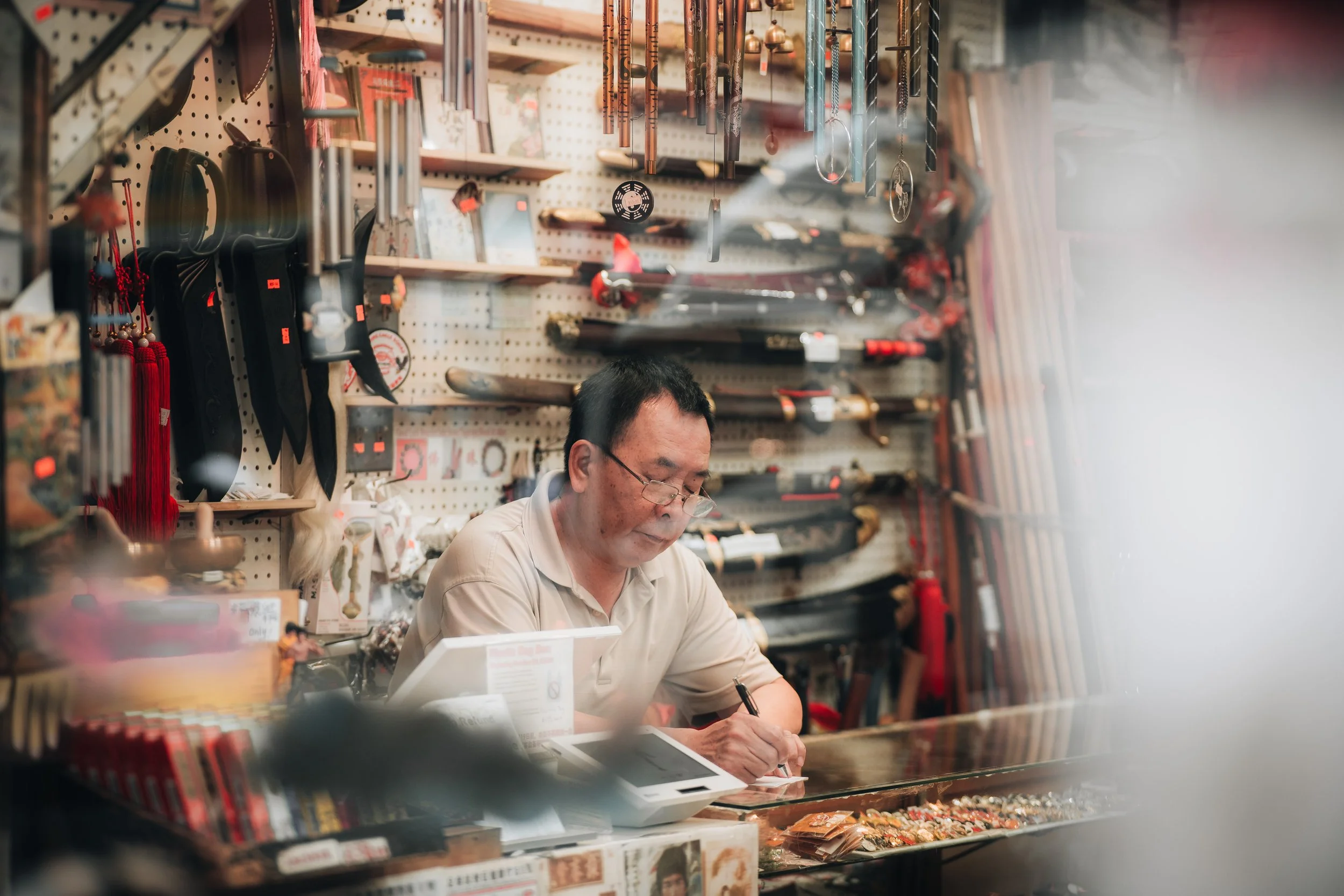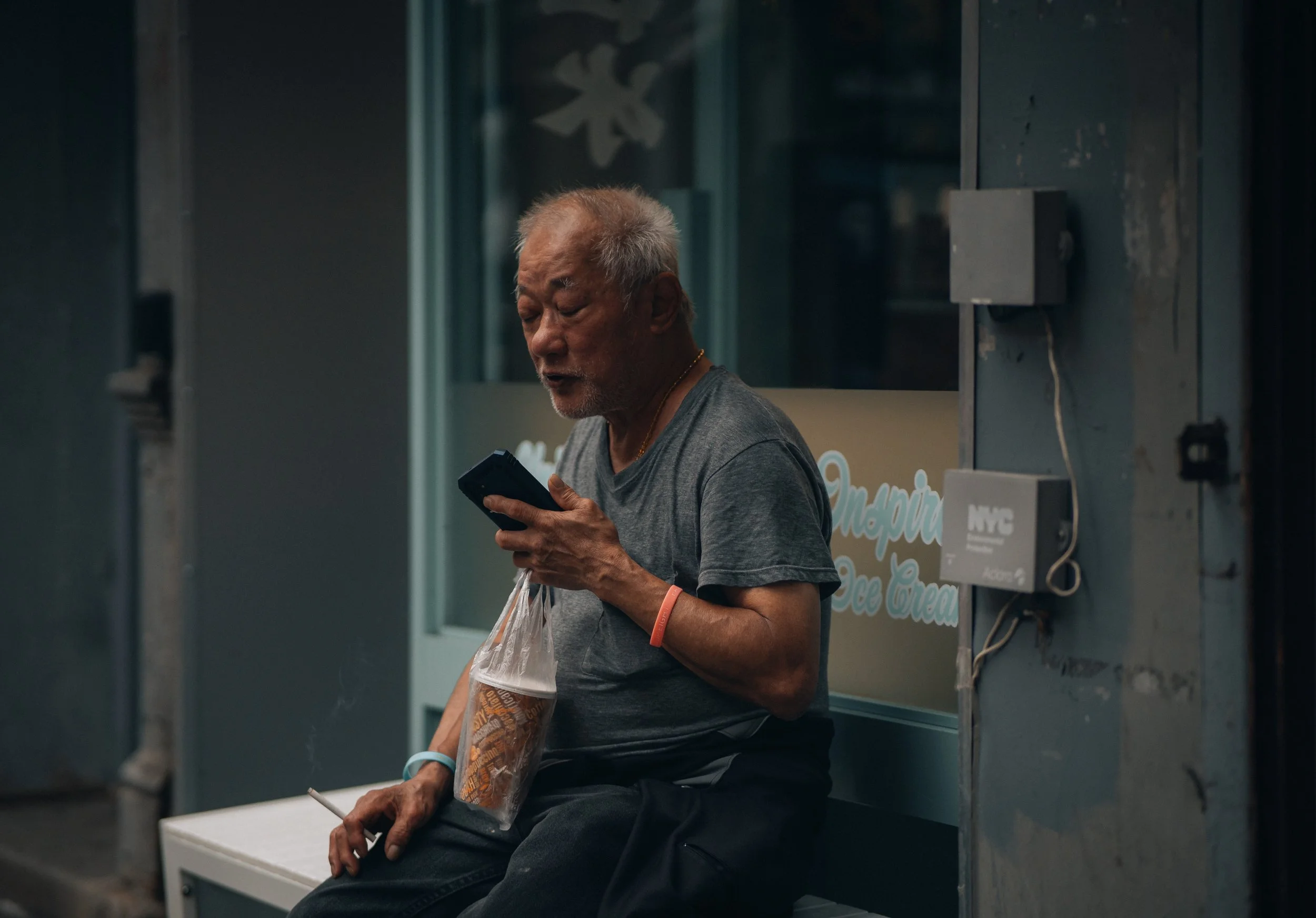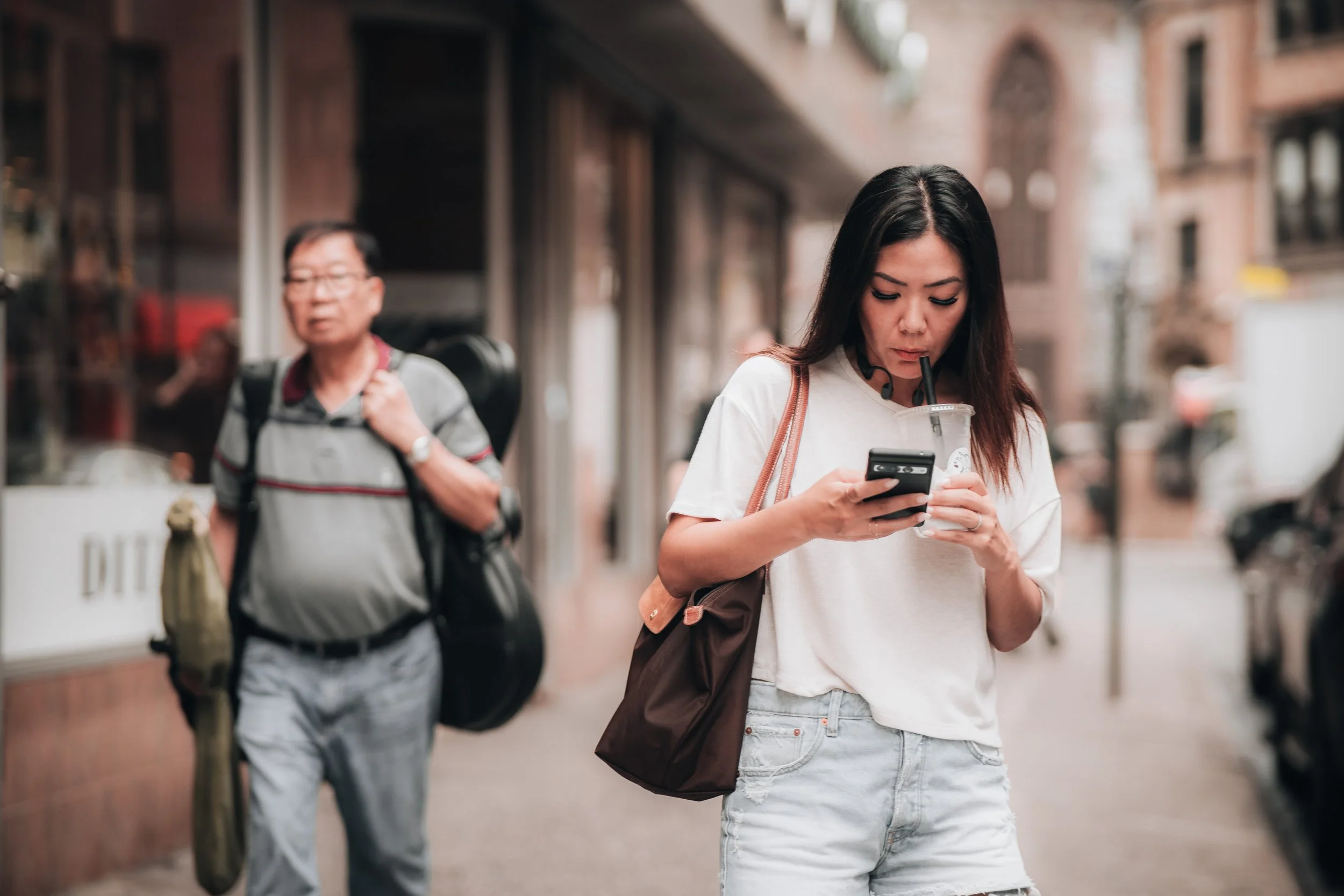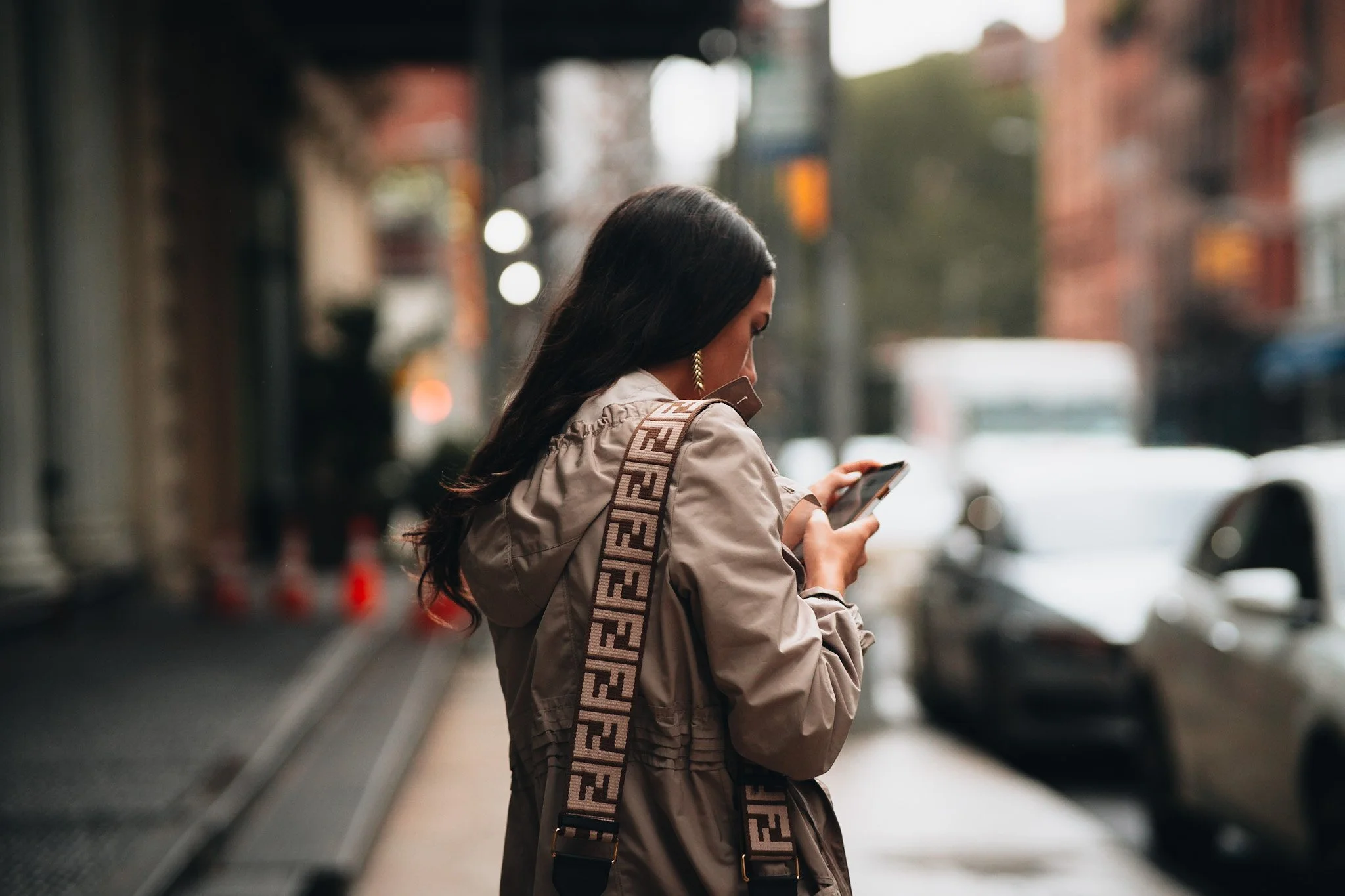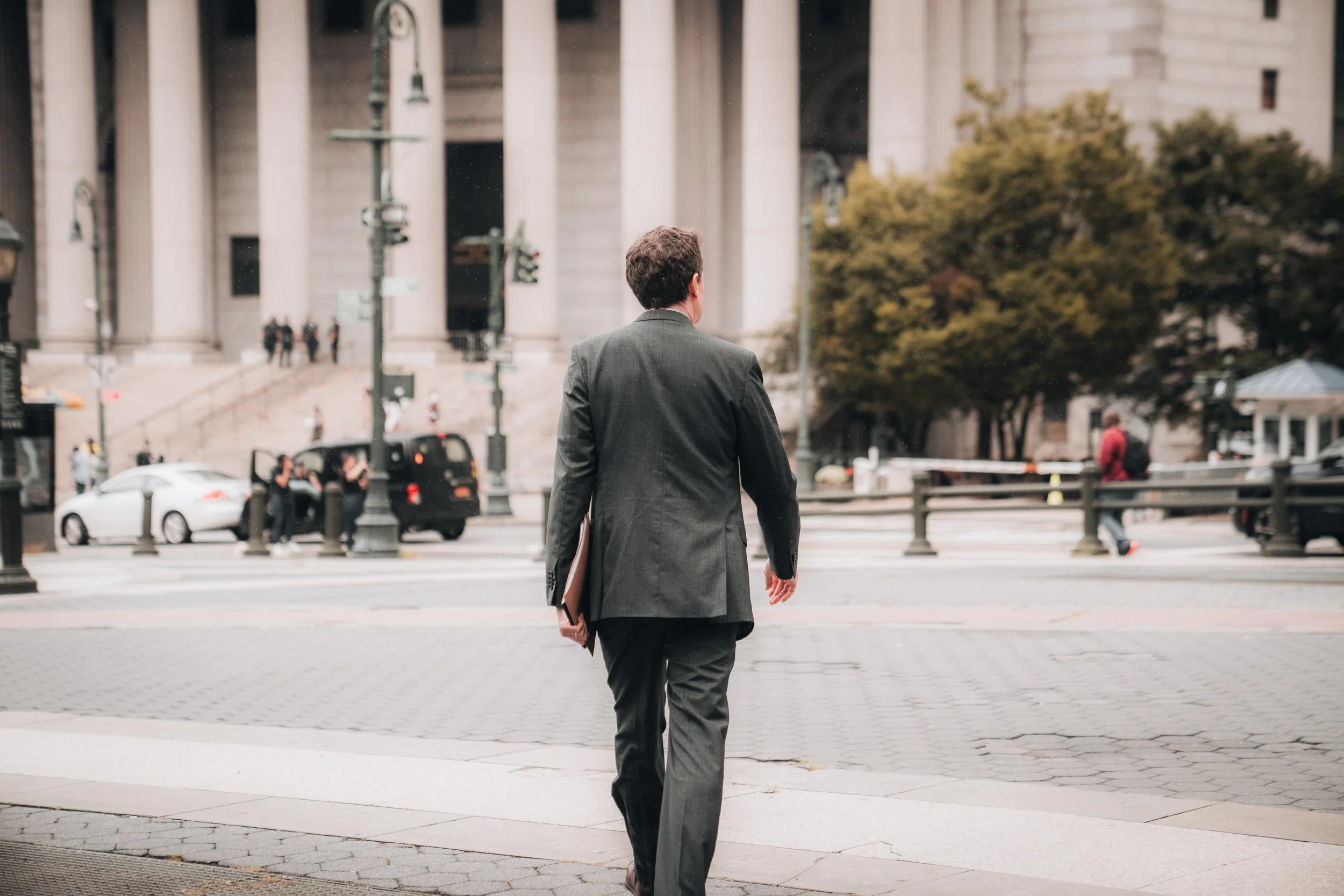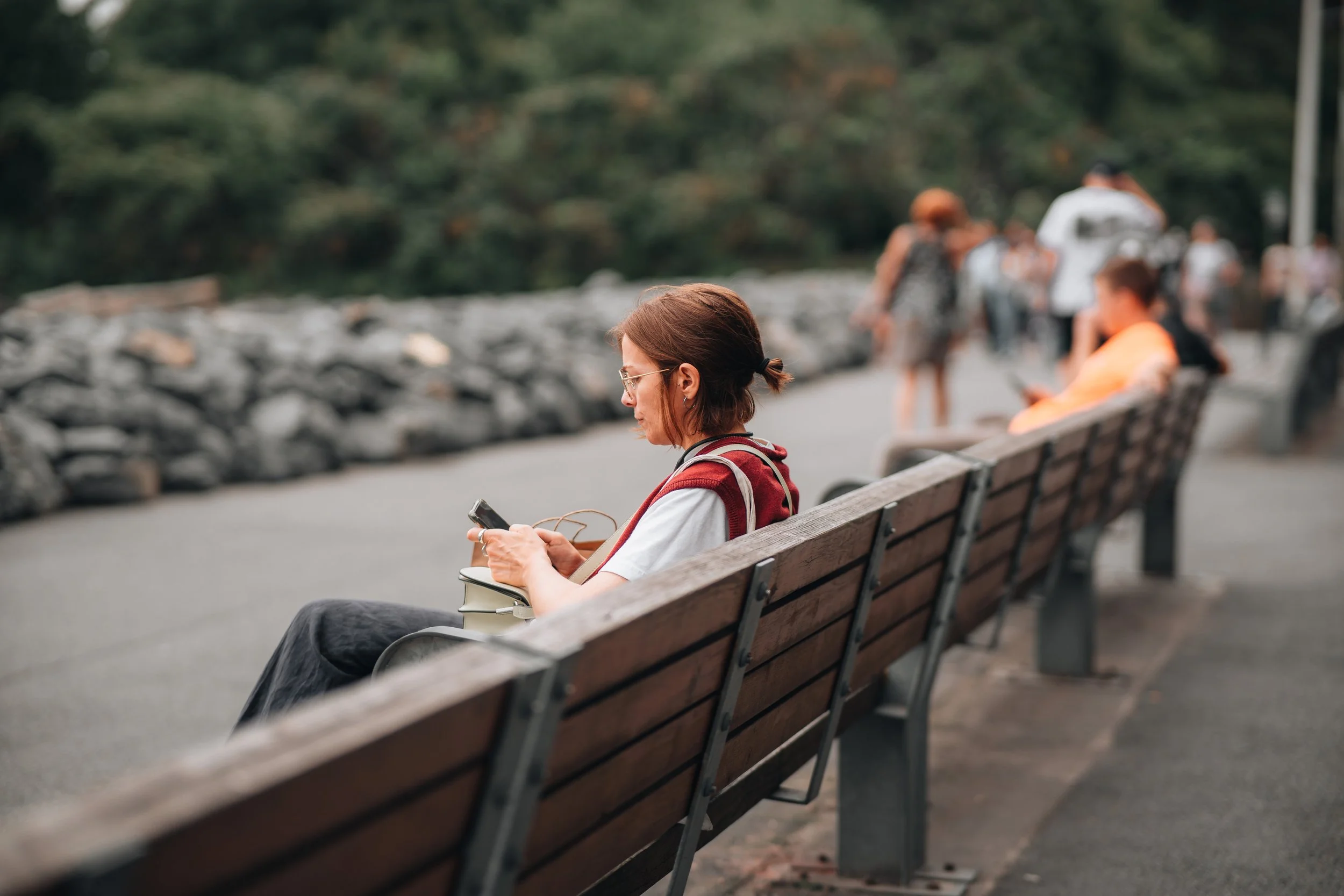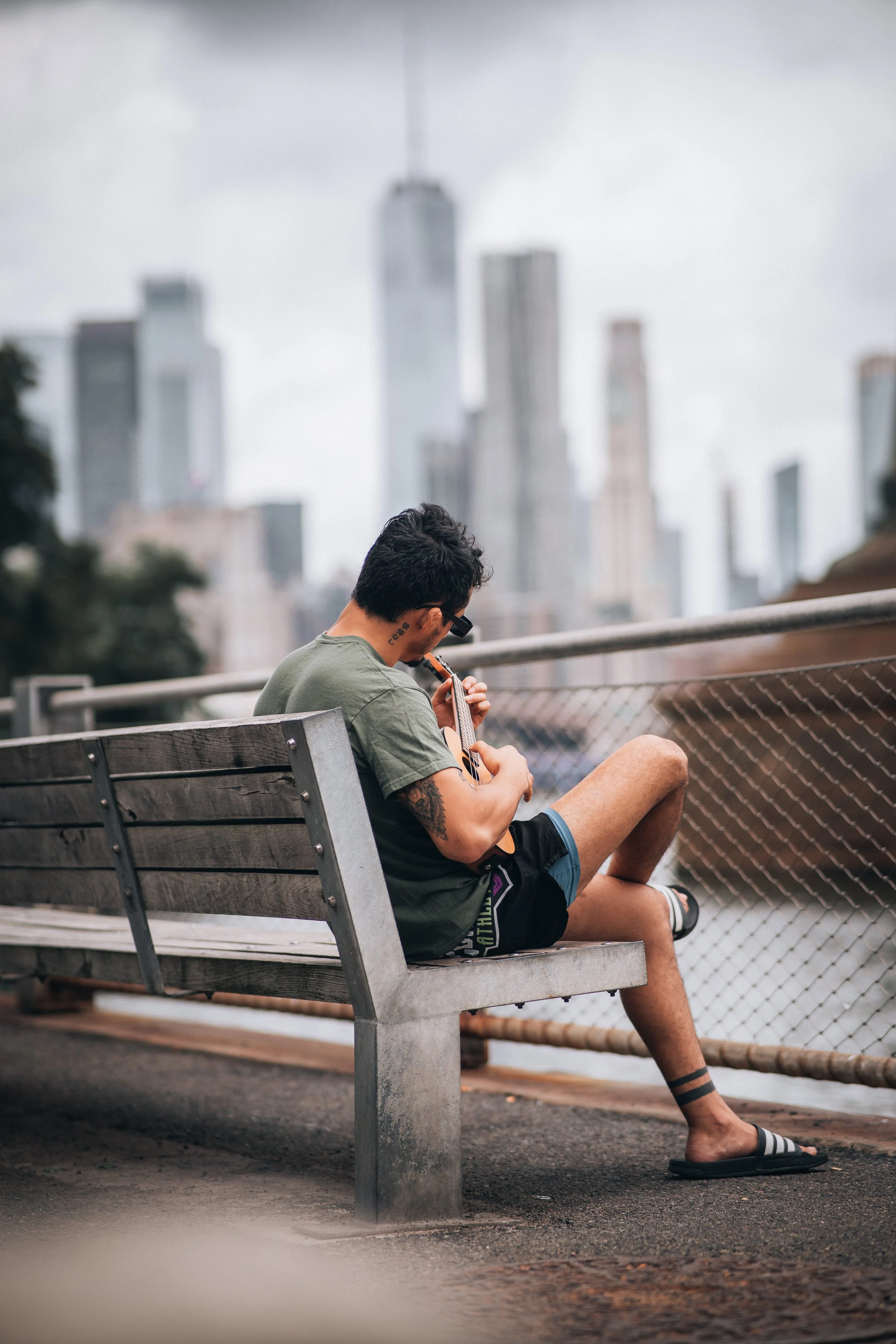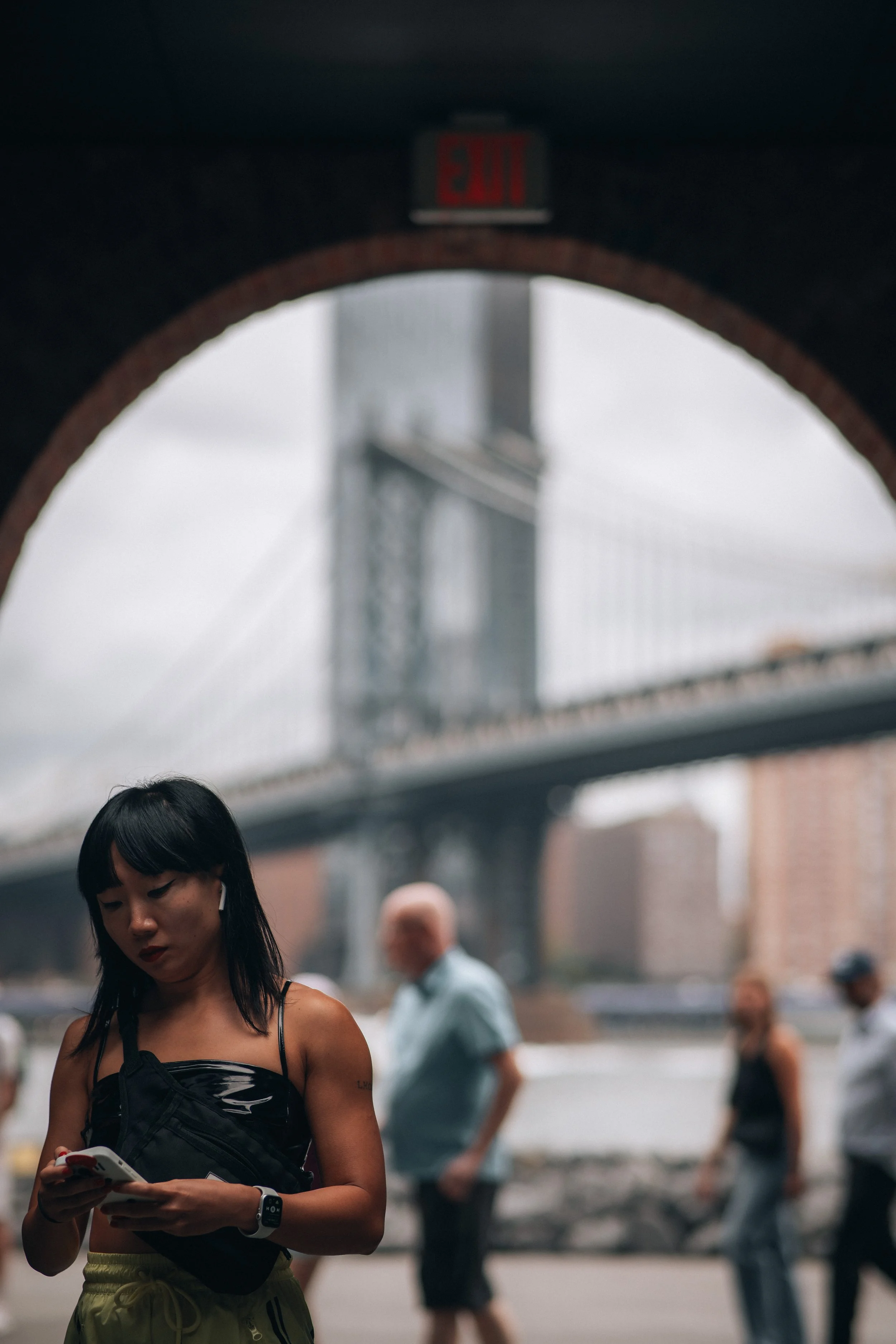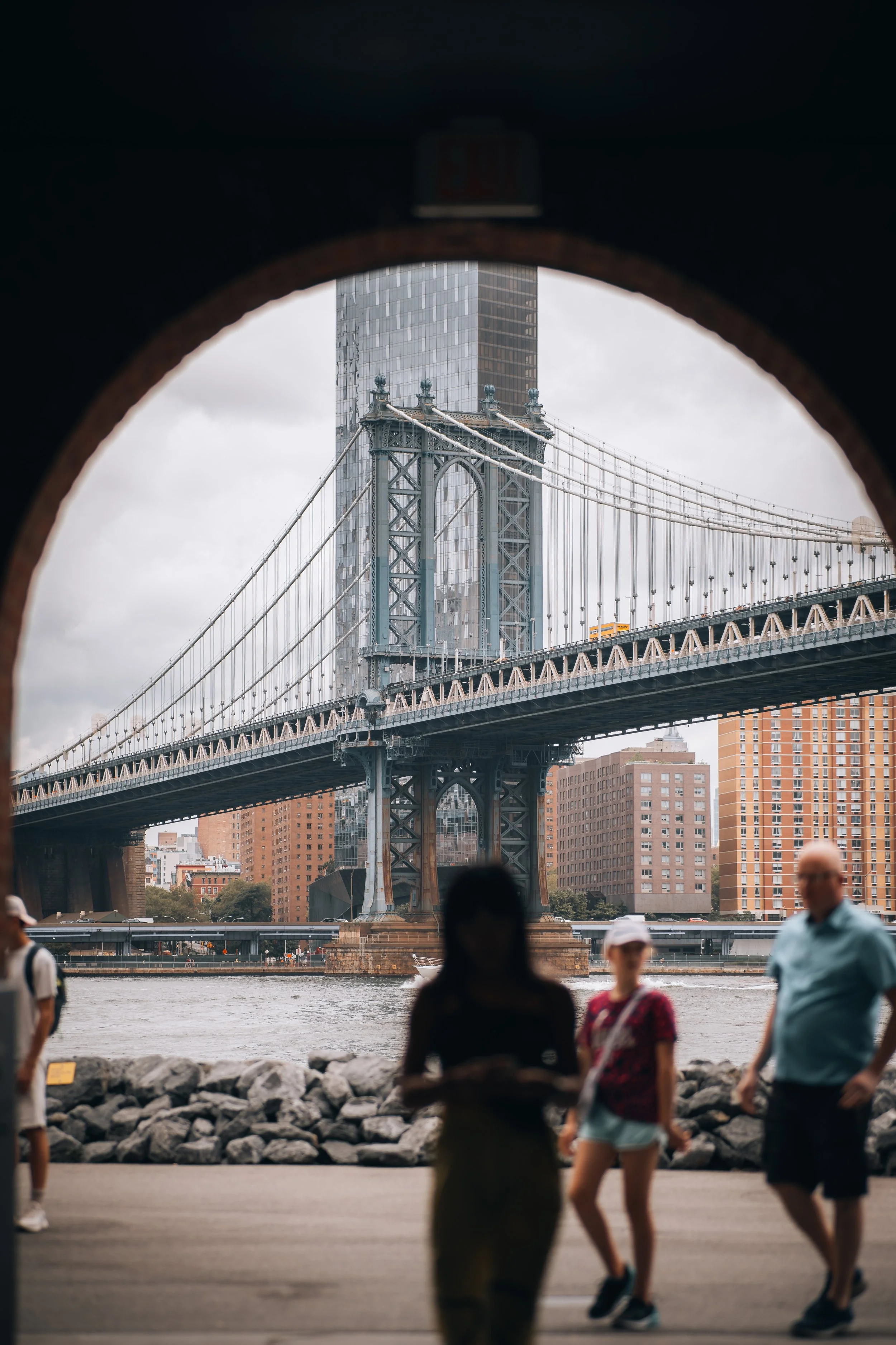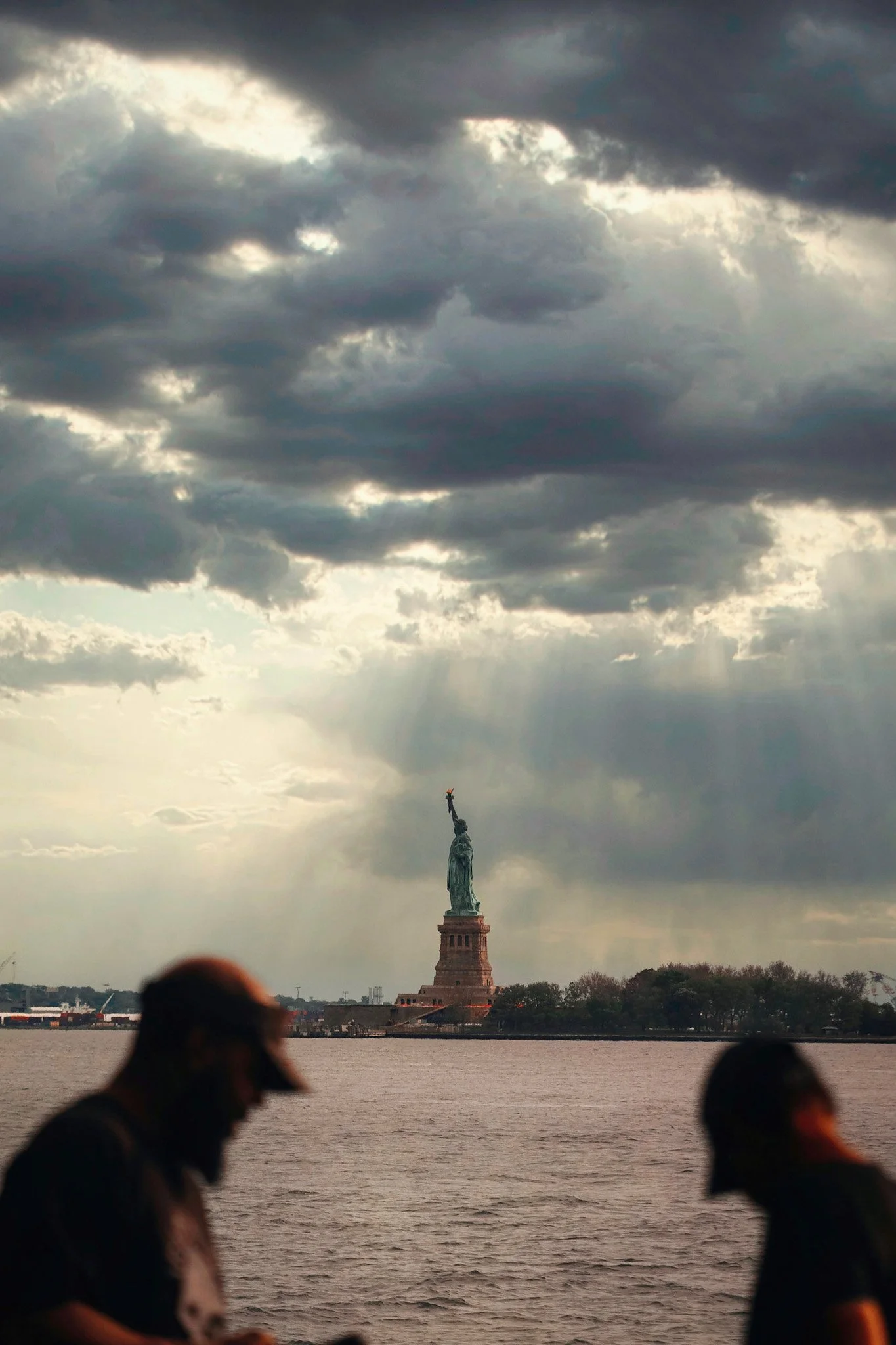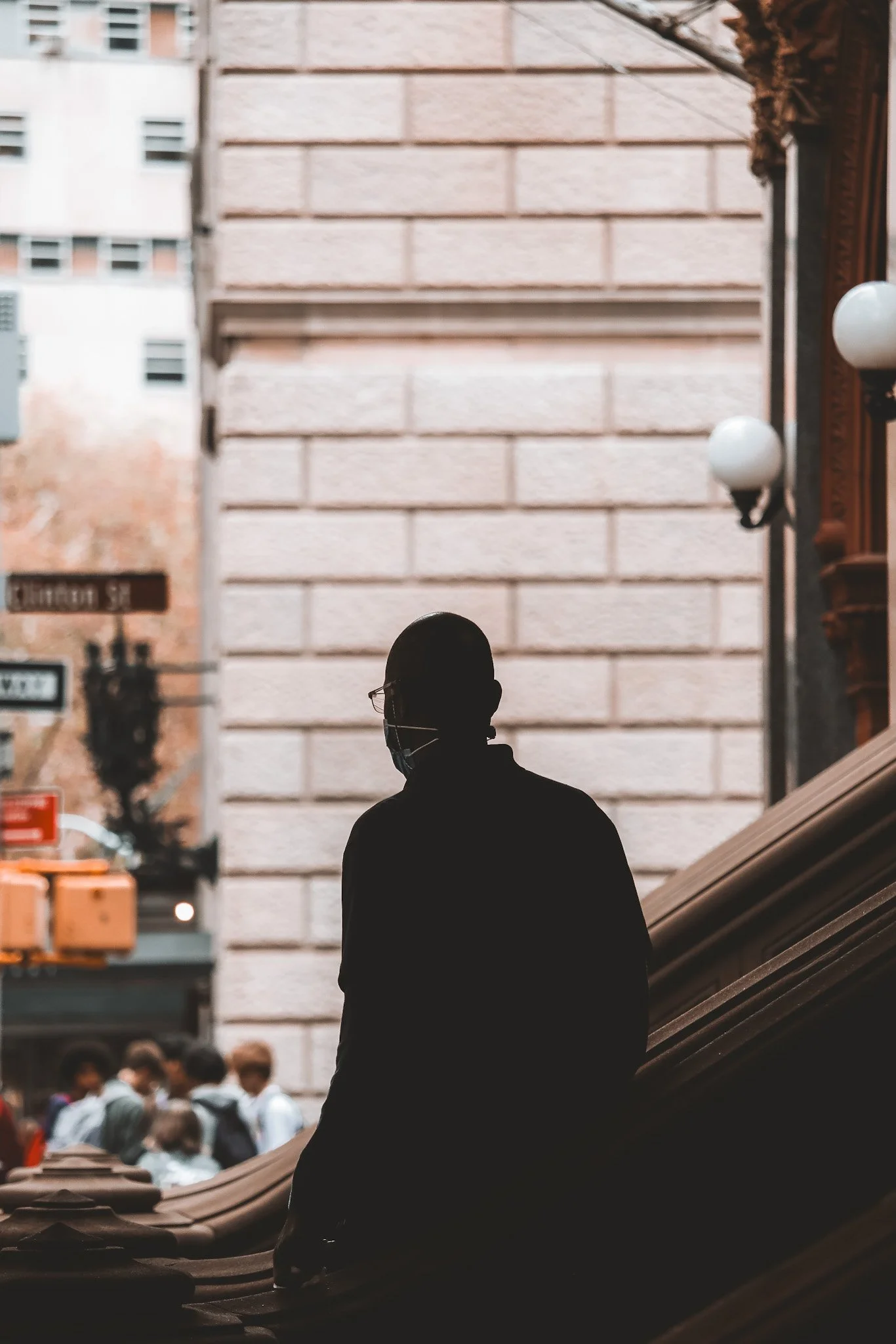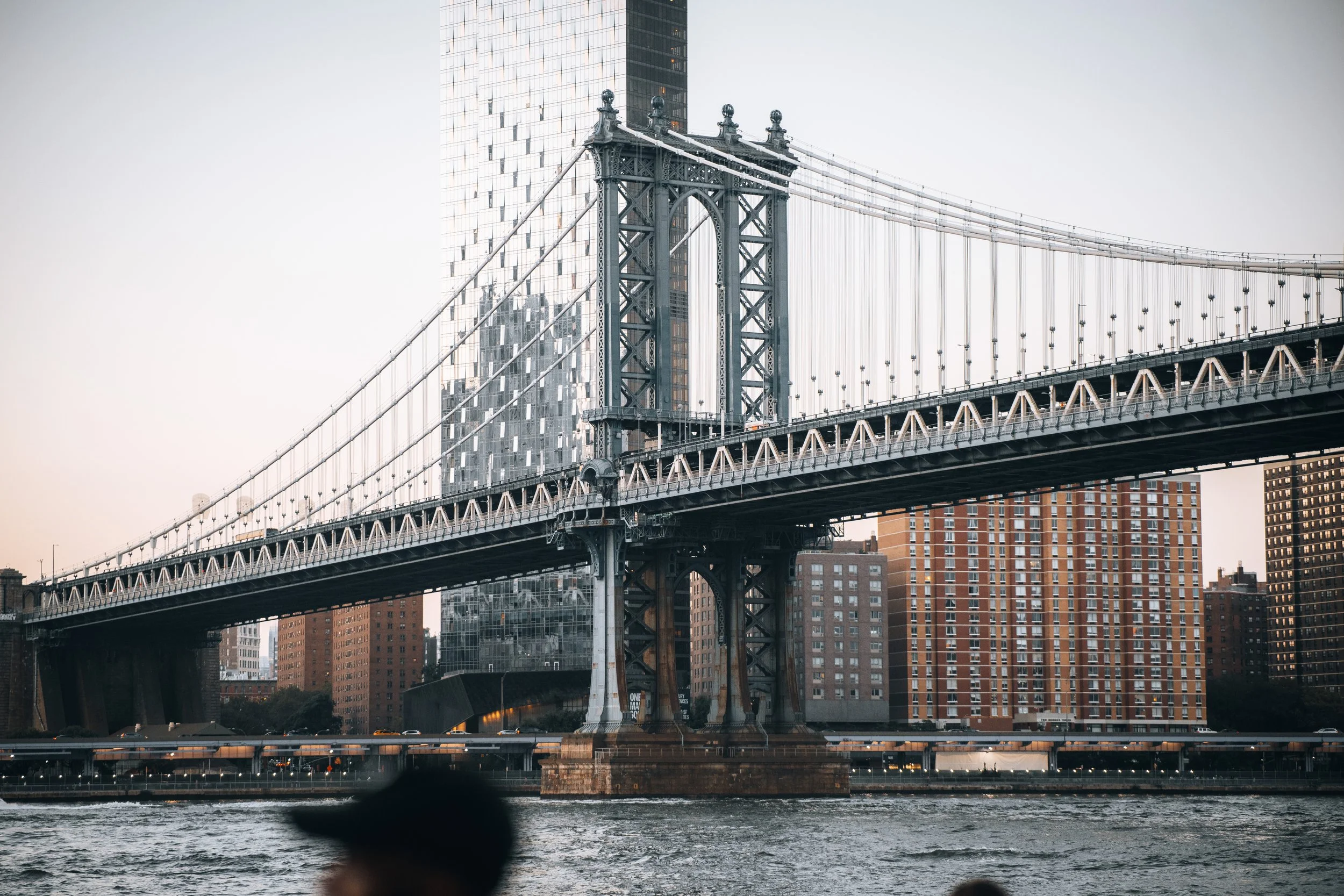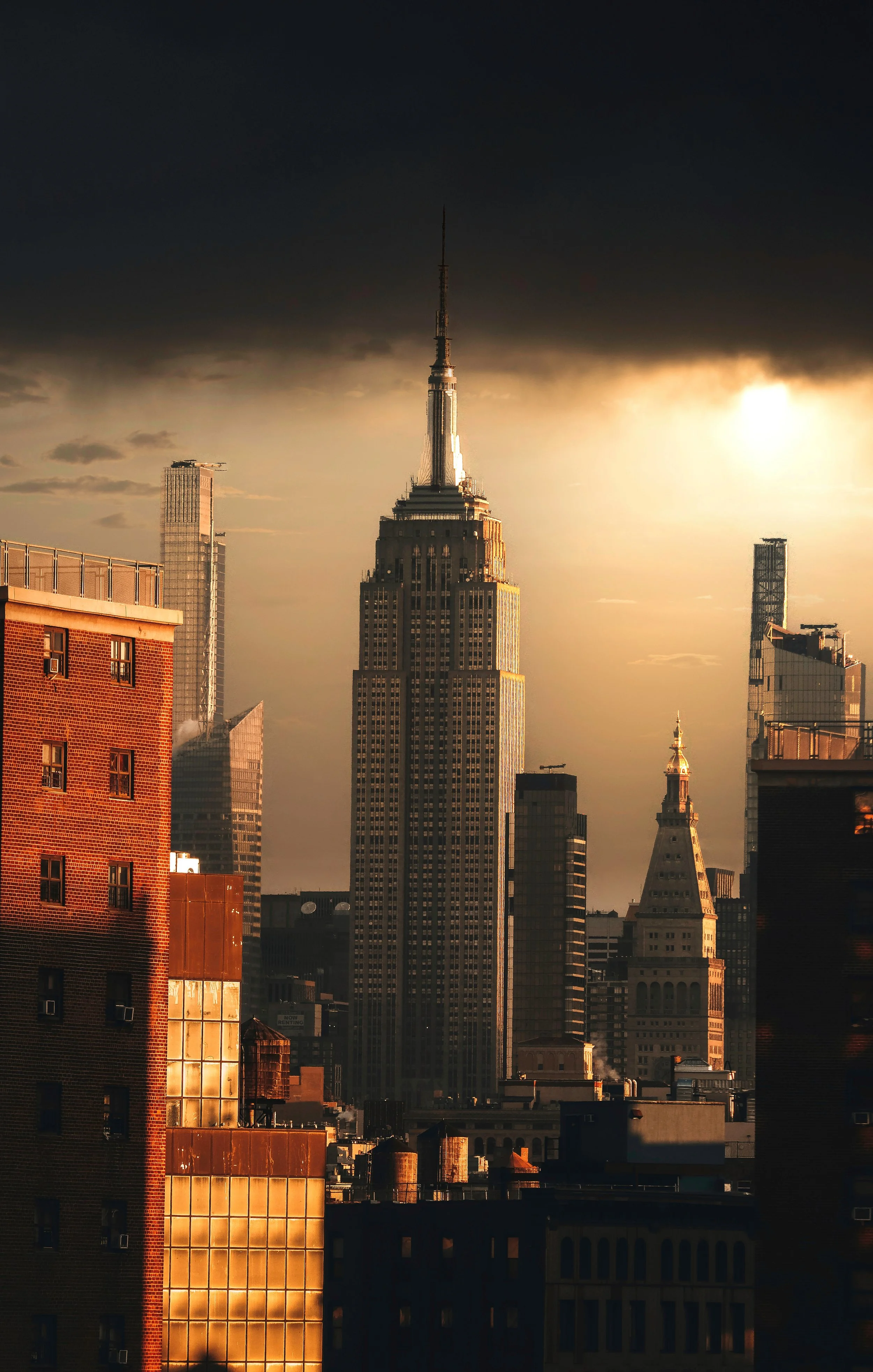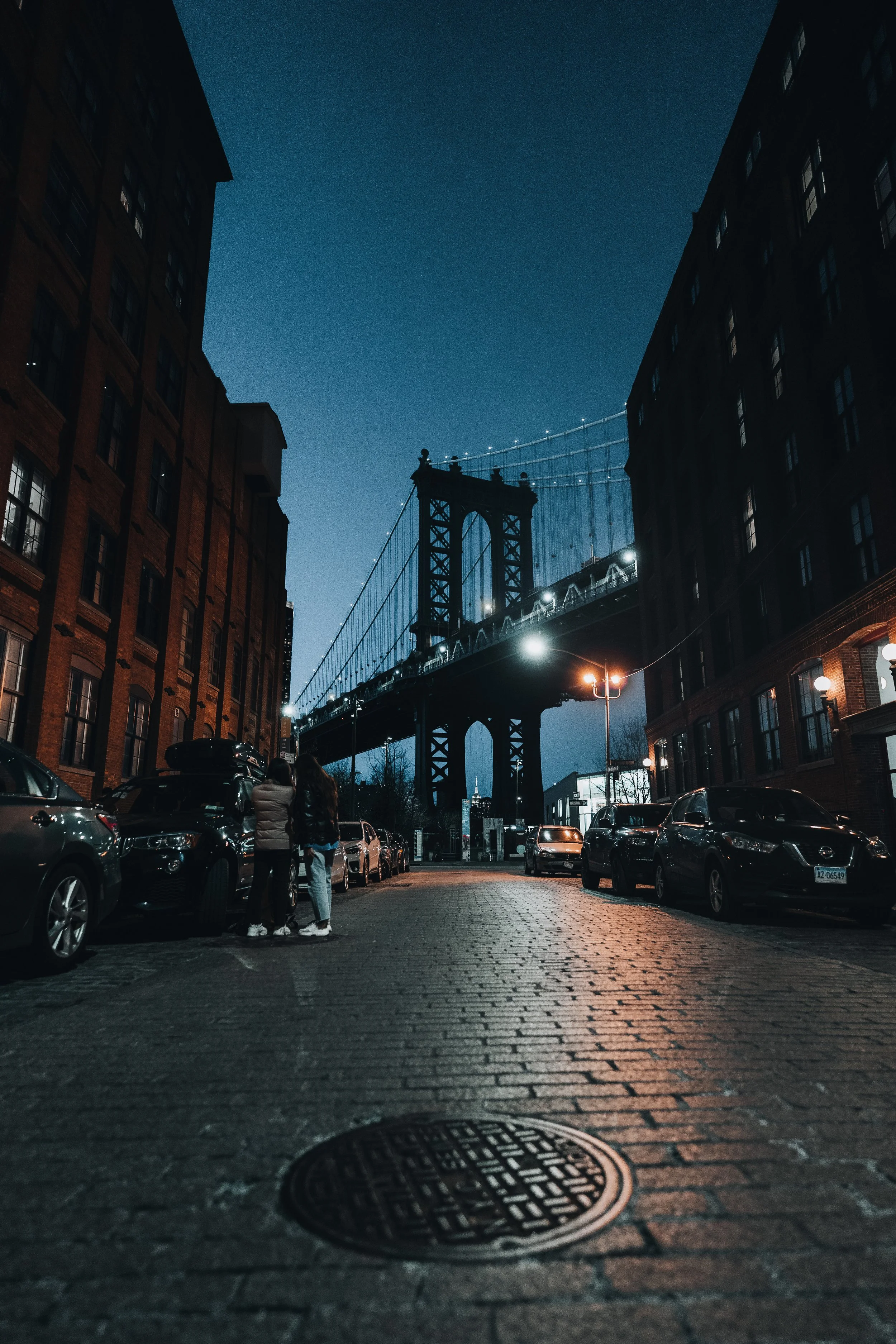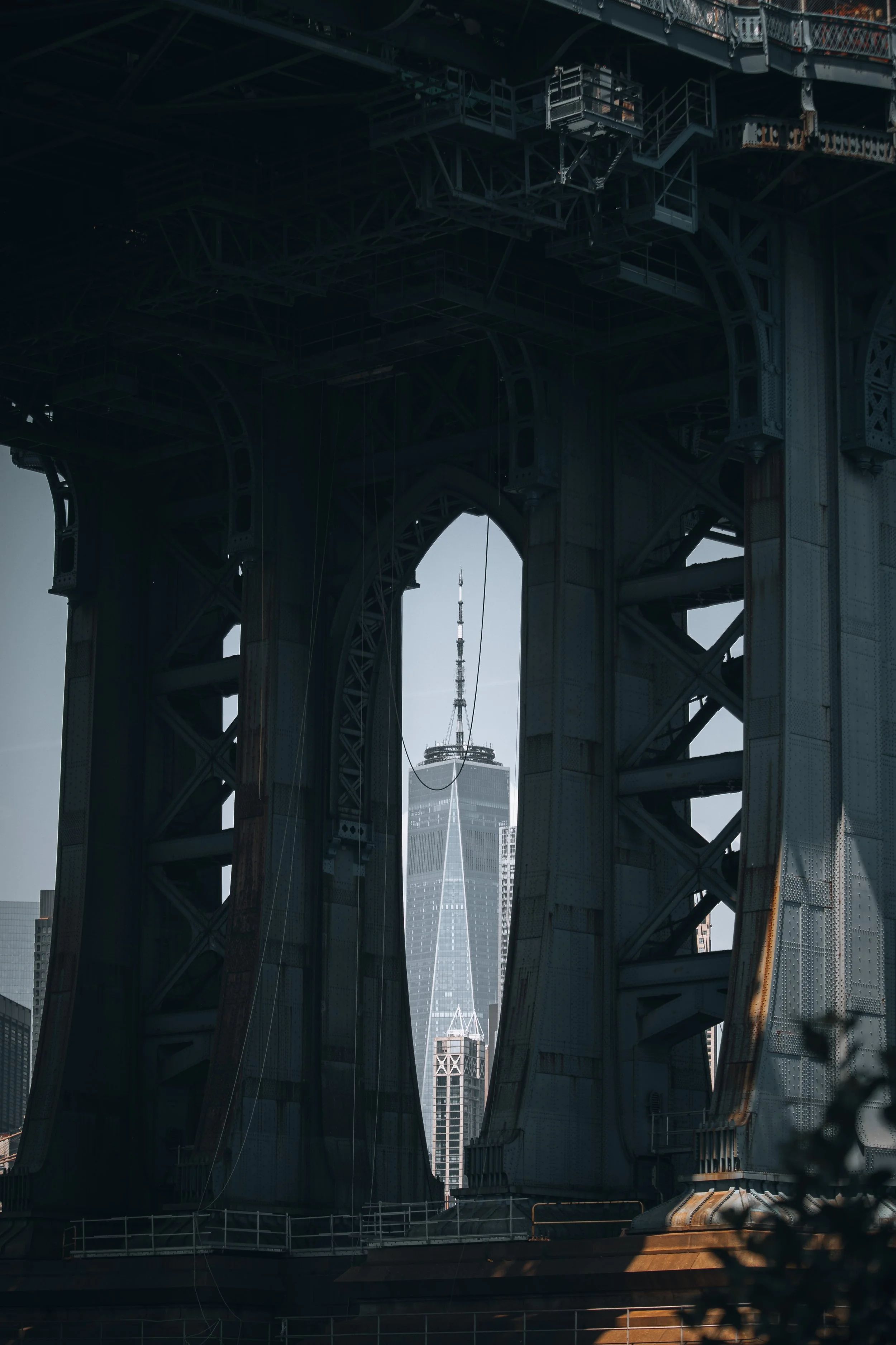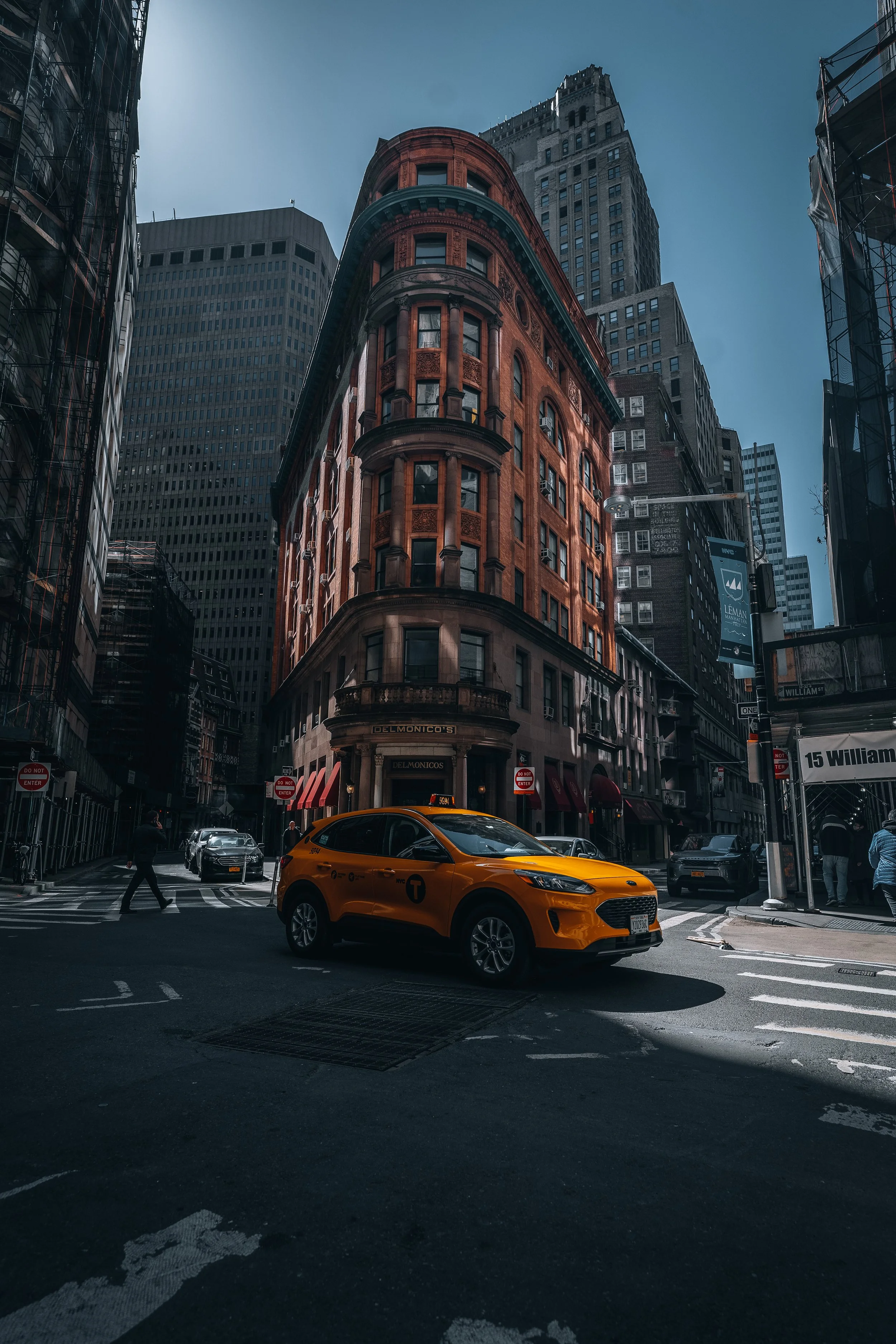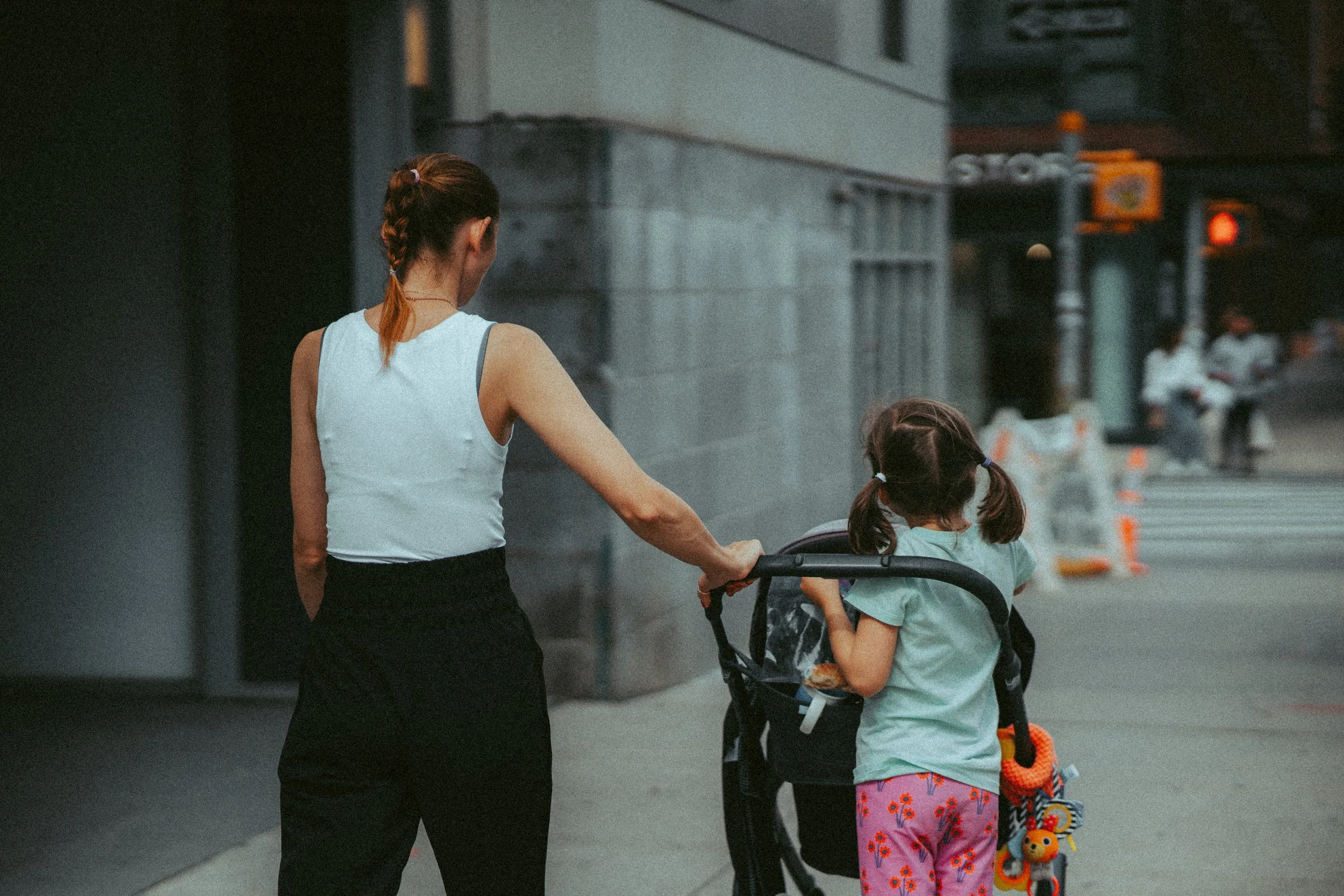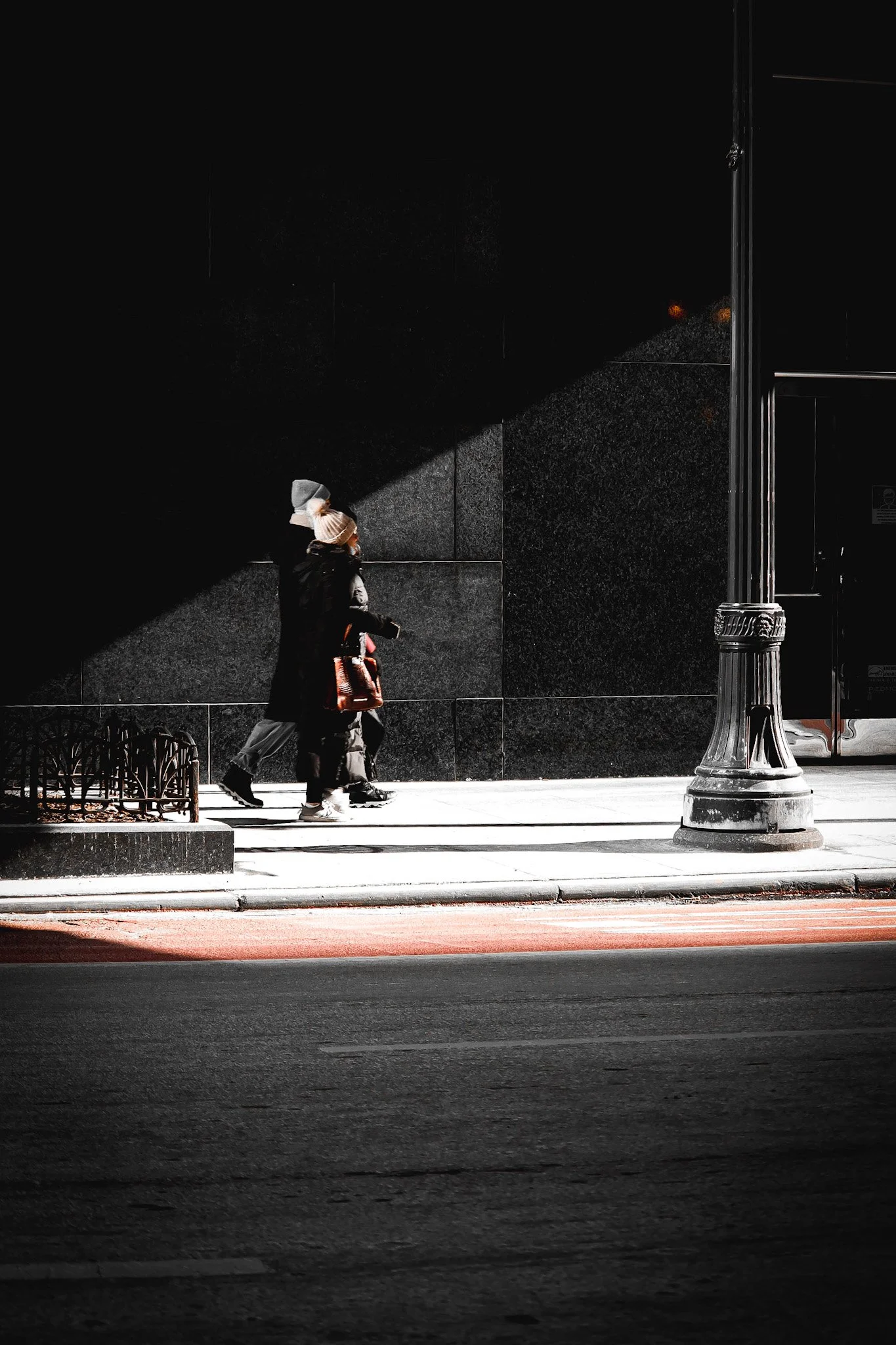7 Street Photography Ideas To Get You Going
Shot on the Sony A7IV ~ Viltrox 85mm f/1.8
There is no hard and fast rule for starting a project. For beginners, you can do two types of projects. You can select a specific story for your project. You can combine multiple images that collectively tell a complete story.
Covering a specific story is too demanding sometimes. Alternatively, you can just select a single design or compositional element for your project. Shooting all your photographs on that same principle will not only be much simpler, but it will evolve you aesthetically as a photographer. You can still get beautiful and soulful individual images out of these types of projects.
The Story
Shot on the Sony A7IV ~ Viltrox 85mm f/1.8
As I mentioned above, you can tell a story with a set of individual images that collectively tell a story in no specific order or you can present your images in a specific order.
If you are telling a story sequentially than 5 or 7 images is a sweet spot. Anything more than that will be difficult for a viewer to keep track of what’s happening. For example, for a 5 images story, give a beginning statement in the first photograph, some action in next three and a conclusion in the last photograph.
If your story is not action-based and it’s more conceptual, make a collection of 10-15 images in no particular order, but all should tell a similar or different angle of the same story. Consistency is key.
For example, the images shown above are individuals who are occupied in some way on their cellphones. Physically, the overuse of your cell phone or smartphone can result in a number of different physical problems that may cause permanent damage or be difficult to treat, including: Digital eye strain. The pain and discomfort associated with viewing a digital screen for over 2 hours. Eyes begin to burn and itch. But for another, you could be missing out on any important events that may be happening around you. There’s a story to be told here, and it’s a story that can either be inspiring or thought provoking.
2. A Specific Feeling
You can focus on just one specific emotion and build your entire series of images on it. For example, you can capture ‘Waiting’ on bus stations, ‘Reunion’ on airports, ‘Happiness’ in parties etc. ‘Loneliness’ is the story I captured on streets of New York City. The benefit of this is, you know exactly when and where you need to look for your subjects.
3. Environmental Portraits
We all love portraits, but making an environmental portraits is difficult and challenging. Try to balance between subjects versus environment. The center of attention should still be your subject, but with enough environmental context that tells further about your subject and its life.
Knowing your surroundings prior to a photoshoot is something rather obvious. Despite that fact, sometimes it is difficult or impossible to visit the location before the event—in those cases it is recommended that you find out as much as you can beforehand, to get a better idea of the available light on location.
Use the natural light available on site to position the equipment and adjust camera settings. You should also consider how to take advantage of the ambient light at your disposition to give the most realistic feel to the scenery.
Additionally, environmental portraiture offers more options than traditional headshots when it comes to cropping photos. Capturing the subject’s stance, gestures, and natural expression shows they are real people.
4. Street Portraiture
Shot on the Canon M50 ~ Sigma 30mm f.1.4
This project is my favorite. It’s easy. It’s rewarding. It’s fun. All you have to do is to look around for interesting faces. People who are really expressive. With great smiles, interesting emotions or having fun.
Even people who are shy and hiding emotions also brings a level of mystery to your photographs. Challenge yourself by asking tough guys. You know your camera settings well, all you have to do is to ask for permission and bang. You are done.
Street photography is a photographic practice of shooting people in everyday life in everyday environments. Photographers commonly aim to capture spontaneous moments of everyday people in their candid state.
Rather, it is unmediated and spontaneous as to capture subjects in their most authentic state. Despite the term, street photography is not limited to busy cities or rural areas. This types of photography can be taken anywhere that sparks your curiosity.
5. Silhouettes
Silhouettes always bring a sense of mystery to your photographs. Since they don’t have the details, you need to emphasize on their shape to make it easy for viewers to recognize them. Try photographing silhouettes on streets, but put enough context in the background for viewers to relate to your subject.
6. Architecture Photography
Architectural photography is a genre of photography that focuses on capturing photographs of buildings or structures. Hence, it also involves photographing the interiors and exteriors of buildings, bridges, structures, and cityscapes. When compared to other photography fields, this kind of photography is less dynamic as it demands you to spend a lot of time contemplating a scene or an environment. As a result, you may not need a speedy or continuous shooting mode camera. Still, you will have to focus on the image’s quality.
This style of photography captures the urban setup consisting of a plethora of buildings and skylines. Cityscape photography showcases the structure in which the buildings, bridges, and skyscrapers are arranged.
Although there are umpteen architectural photography options, you have to start with buildings that grab your attention or have some meaning to them. In that sense, capturing older buildings is a beautiful way to start as they give you captivating images. In addition, these buildings offer impressive architecture that showcases their age. Hence, research on the structure, its history, how it was built, and its use.
This way, you will learn to document the details of the whole building. Additionally, you will have to pay attention to the landscape that surrounds your subject. This will help you place the architecture in context.
7. Juxtaposition
Juxtaposition is presenting two separate things together in a way that it’s contrasting with one another, but still somewhat related. Black and White, small and big, old and young, etc. It provides a very interesting point of view.
It’s a difficult genre of street photography and you will not find ample opportunities, but that makes it more rewarding as well. Look for posters, road signs, and graffiti closely and you will know which element can give a contrast to it and then simply wait for that element to fill in.
Color contrast can be advantageously used to emphasize opposites. Experiment with dark and light shades to get unique contrasting photos.
Color contrast can be advantageously used to emphasize opposites. Experiment with dark and light shades to get unique contrasting photos.
Don’t set the goal of finding juxtapositions. This way, it will be easier for you to notice the opposites and use them for your juxtaposition photos. Just do what you like.
Don’t try to focus on many subjects. Multitasking won't do you any good for juxtaposition photography. You will lose your concentration and miss the desired object. Taking pictures on the street you may encounter a lot of distracting things.
Don’t pay attention to them and concentrate on the object you are interested in. This way it will be easier for you to analyze if there are things for juxtaposition nearby.
For example, you may notice an attractive unusual background. Continue to watch it and after some time you will get a contrasting subject against it.
Conclusion
Street photography at its essence means candid photography of humanity. A street photograph is a real moment.The genre is both about the photographer and their subject. Street Photographers filter the world to share what interests them and what they are feeling.
However, the term itself is inherently unclear and clunky and it can cause very specific thoughts of what it is, such as black and white photographs of people walking down the street. There is much more beyond that.
Street photography can be done anywhere and people do not have to be present in the photo.

